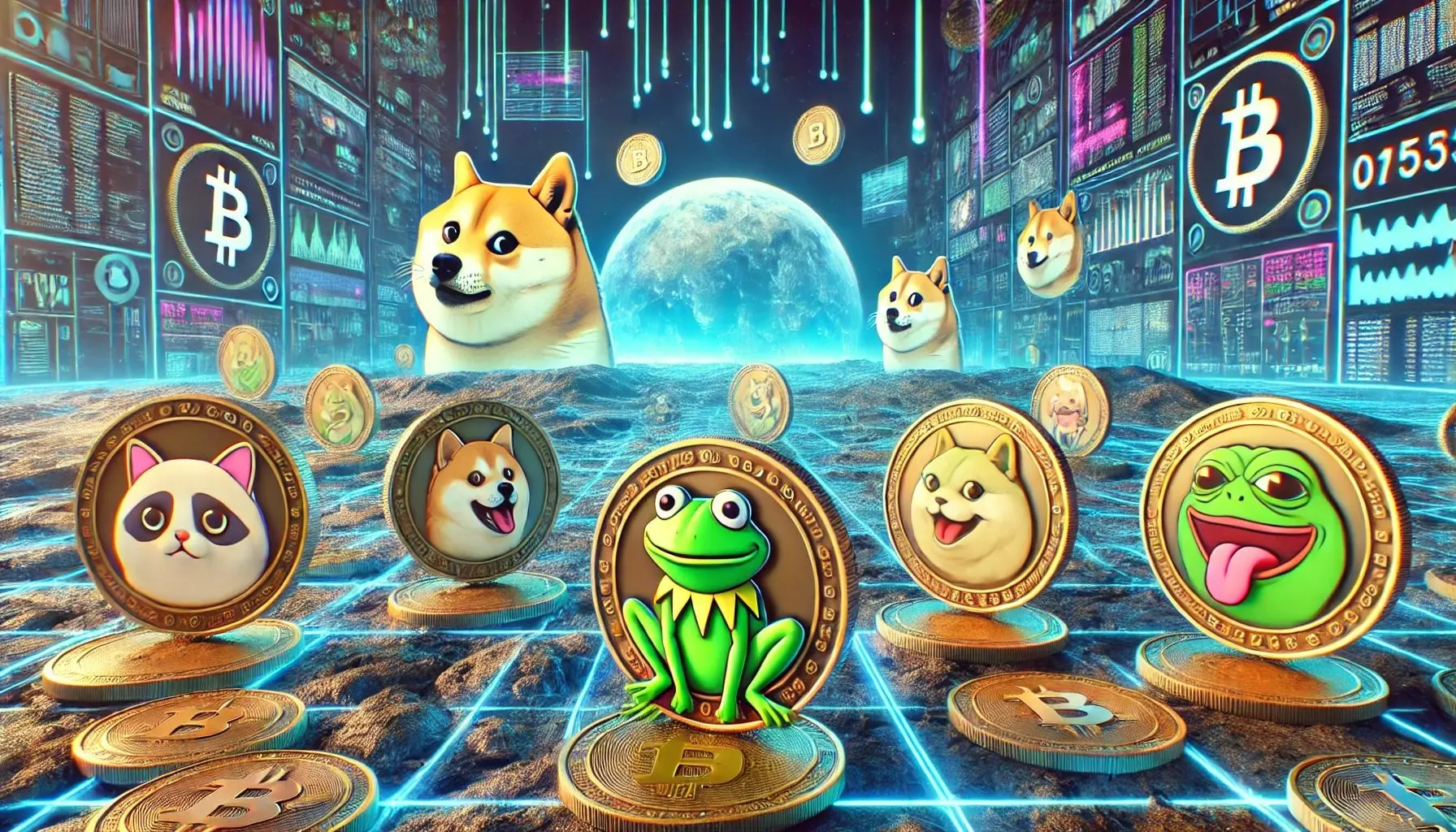After Solana's rapid rise, is the public chain war over?
Author: Blockchain Knight
Rewinding back to the last market cycle, in 2021, the Crypto market entered a bull market, with applications like DeFi, NFT, and GameFi rapidly emerging. At that time, Ethereum exposed its limitations due to issues like transaction congestion and high fees. This provided a breakthrough opportunity for a new generation of public chains, leading to the emergence of numerous public chain projects, such as Solana, BNB Chain, Polkadot, Avalanche, and FTM, which attempted to challenge Ethereum's dominant position.
These emerging public chains not only compete with each other in consensus mechanisms, transaction speeds, and scalability solutions, but also engage in an incentivized competition on how to attract developers, build communities, and gain capital favor, which is also referred to as the "public chain war."
Although the advantages among various chains have been constantly shifting in the short term, this public chain war has not only greatly propelled the advancement of blockchain technology but also diversified the entire Crypto ecosystem, planting seeds for the rise of new public chains like Aptos and Sui.
However, four years after the outbreak of this public chain war, it seems that people can no longer see the same grandeur. Over the past few years, only Solana has climbed out of the trough, becoming another leader among public chains, and coupled with the various issues faced by Ethereum itself, it even posed a threat to Ethereum's position. Although there is still about a 60% market cap gap, the market seems to have greater expectations for Solana.
What about other public chains? We can get an overall understanding through the comparison of market caps of several popular public chains from back then and their current status in the table below.

It can be seen that currently, in terms of market cap, Solana and BNB are still relatively strong, with little difference between them, but other public chains are still "struggling" to climb, including Ethereum.
In the past week, CZ has started to hint wildly that BNB Chain will undergo various transformations and innovations in 2025, continuously tweeting to promote it, and during the guessing game involving CZ's pet dog Broccoli, there was a small climax, indicating a preparation to challenge Solana's glory from the past year.
Of course, besides these established public chains making efforts to promote themselves, emerging public chains like Sui and Bera are also striving to catch up. However, it seems that for the current market, people's expectations for public chains are no longer just about faster and better performance requirements; they are gradually transforming into whether they can experience truly applicable products. But this path is indeed fraught with difficulties. Without the MEME craze of the past year, who knows how Solana would have fared?
After all, when it comes to products, no public chain currently has a flagship application. To create innovative products that meet market demand (PMF) and can gain popularity, apart from stablecoins and a few DeFi applications, other directions still lack novelty, even the once-hot Agent has fallen into a new "death spiral."
Returning to the present, for the operators of public chains, the public chain war is no longer limited to the marketing and reward battles of the past; it has turned into a real product refinement competition. We can also say that MEME is a form of product, but pure MEME is not a long-term solution. On-chain PVP will eventually become tiresome, and it will ultimately return to the users (community) and the products themselves.
Therefore, looking back at the public chain war of 2021, we may never return to that summer. What we can hope for is a scene reminiscent of the "Hundred Regiments Offensive" in the early days of the internet, where the competition will ultimately be about users, operations, and implementation. After all, L2 can also be considered a form of public chain, and the competition may be even greater than we expect.
Finally, from an investment perspective, certain logical choices for public chains still apply. For example, Solana is doing MEME, and other chains can too; SUI is focusing on games, and other chains can still do that. The market is still large enough, and wherever there is a wealth creation effect, there will be users. This increases the probability of producing viable products, as the market adheres to the logic that price comes before product. This trend is unlikely to change anytime soon, especially since summer has not yet arrived.









